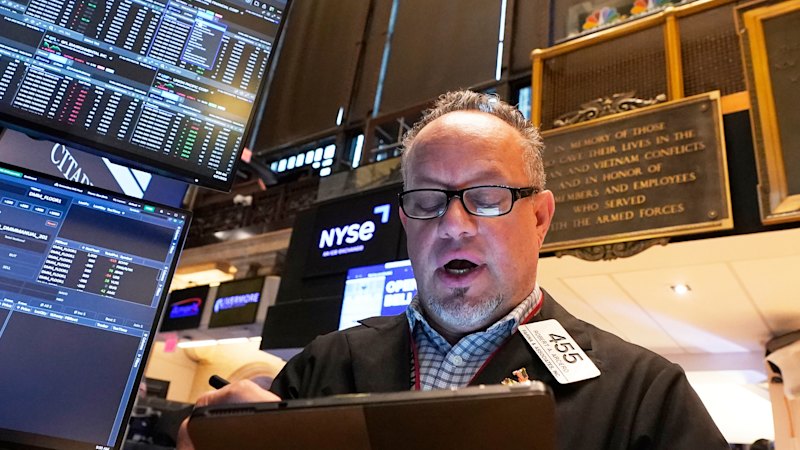The Australian sharemarket has opened with a burst of optimism following a strong performance on Wall Street. The S&P/ASX200 surged 0.6% to 8518.90, buoyed by gains in all 11 industry sectors, especially materials and energy stocks. This positive momentum was fueled by a variety of factors, including a rebound in mining stocks like BHP, Fortescue, and Rio Tinto, as well as a boost in energy stocks due to strengthening oil prices. Financial stocks also saw an uptick, with Westpac, ANZ, National Australia Bank, and Commonwealth Bank all making gains.
In the midst of this market activity, Westpac’s RAMS Home Loans faced regulatory challenges, underscoring the ongoing complexities within the financial sector. Meanwhile, Virgin Australia made its return to the ASX after a four-year absence, offering shares at $2.90 each as part of its re-listing. This move by private equity owner Bain Capital to sell a portion of the airline reflects a broader trend in the aviation industry, with Qantas also experiencing positive market performance.
On the global front, US stocks rallied amidst ongoing trade tensions and economic forecasts. Despite concerns over President Trump’s tariffs, the S&P 500 and Dow Jones showed resilience, with the Nasdaq composite also climbing. The Organisation for Economic Cooperation and Development revised down its growth forecast for the US economy, citing the impact of tariffs. However, reports indicated that the job market remained stable, providing a counterbalance to economic uncertainties.
Elon Musk’s vocal criticism of a proposed spending bill added a layer of political discourse to the financial landscape, highlighting the intersection of policy and market dynamics. The focus on job openings and upcoming employment reports underscored the importance of labor market indicators in shaping investor sentiment. Hopes for trade deals and tariff reductions further fueled market optimism, with discussions between the US and China holding significant implications for global trade dynamics.
In the technology sector, companies like Nvidia and Broadcom led the charge on Wall Street, signaling a recovery in the chip industry. Treasury yields remained steady, reflecting a cautious approach in the bond market amidst economic fluctuations. Across Europe and Asia, market indexes showed modest gains, mirroring the positive sentiment in global markets.
As investors navigate a landscape shaped by economic data, trade negotiations, and regulatory developments, the market remains dynamic and responsive to a range of factors. The interplay between geopolitical events, corporate actions, and economic indicators continues to shape investment decisions and market trends. Looking ahead, the resilience and adaptability of market participants will be critical in navigating the evolving financial landscape.









Leave feedback about this